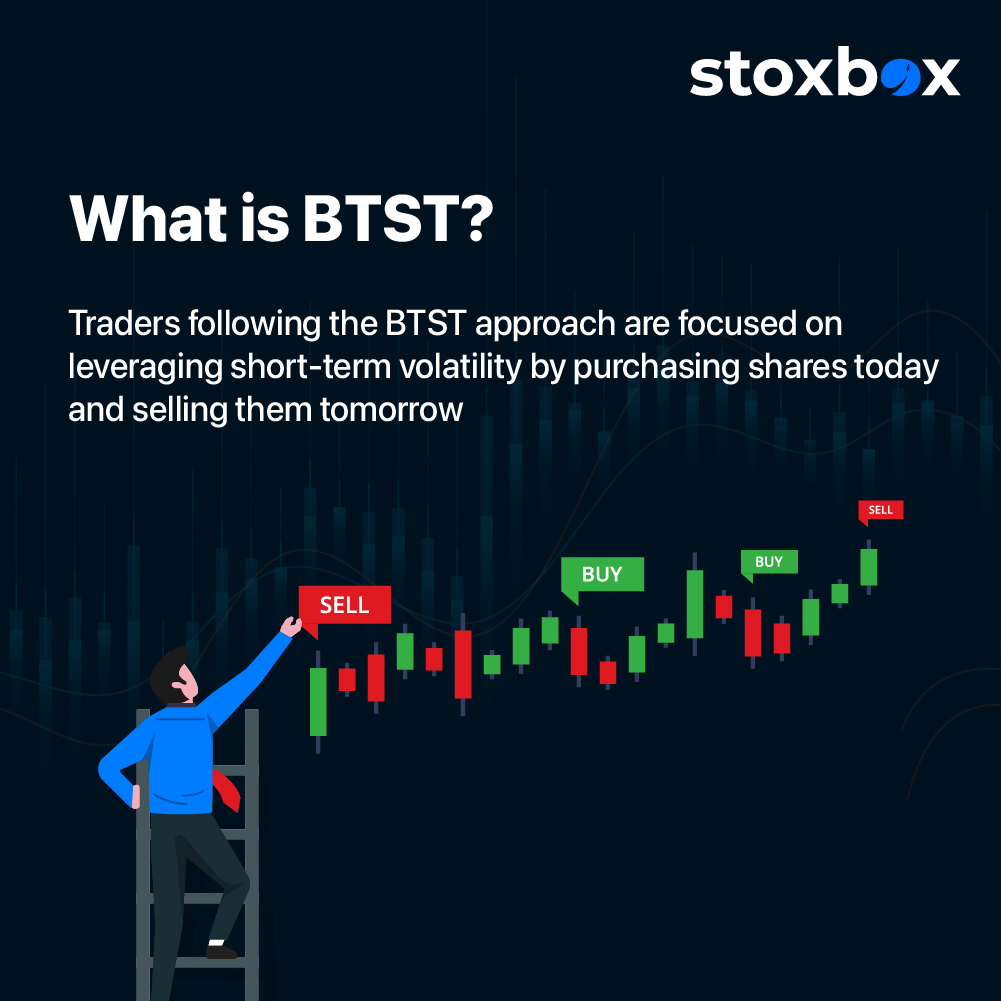Simple Intraday Trading Strategies For BSE And NSE Markets
In intraday trading, people simply buy and sell shares in one single day. Some of you have heard the name of day trading; well, this is the same thing. It is fast-paced as you buy and sell shares very quickly on the same day before the market closes. The main goal is to make profits from small price movements that take place throughout the day. In this write-up, we’ll teach easy strategies for intraday trading, specifically for the Indian Bombay Stock Exchange (BSE) and National Stock Exchange (NSE). We won’t use complex terms that are difficult to understand.

1. Understanding Intraday Trading:
Intraday trading is all about seizing opportunities within the span of a single trading day. Unlike long-term investing, where you hold onto stocks for extended periods, intraday traders aim to profit from fluctuations in stock prices within hours or even minutes. Understanding the nuances of investment in shares is crucial for intraday traders to make informed decisions and maximize their returns.
2. Key Differences Between BSE and NSE:
While both the BSE and NSE are major stock exchanges in India, each has its own set of stocks and trading mechanisms. Understanding these differences is crucial for intraday traders to navigate effectively. For instance, liquidity levels, trading volumes, and price movements may vary between the two exchanges. Staying on track with stock updates from both exchanges can provide valuable insights for intraday trading strategies.
3. Basic Intraday Trading Strategies:
- Momentum Trading: This strategy involves identifying stocks with strong upward or downward momentum and riding the trend for quick profits. Utilizing this trading trick can help traders capitalize on short-term price movements, often driven by news, earnings reports, or market sentiment.
- Breakout Trading: Traders look for stocks that break out of key resistance or support levels, signaling potential price movements.
- Scalping: Traders aim to make small, incremental profits by executing multiple trades throughout the day, capitalizing on short-term price fluctuations. This share market insight is particularly useful for intraday traders looking to profit from quick price movements, often influenced by market liquidity and order flow.
4. Technical Analysis Tools:
Technical analysis has a crucial role in intraday trading, helping traders recognize potential entry and exit points. Commonly used tools include:
- Candlestick Charts: These charts display price movements within a specific timeframe, providing insights into market sentiment. Using a stock updates app can enhance your access to real-time data and analysis, helping you make informed trading decisions based on the latest market information.
- Moving Averages: Traders use moving averages to recognize trends and potential reversal points in stock prices. Utilizing a reliable stock broking app can streamline your trading activities, providing access to research, analysis, and trading tools right at your fingertips.
- Relative Strength Index (RSI): The RSI helps traders gauge the momentum of a stock and identify overbought or oversold conditions.
5. Risk Management Strategies:
Intraday trading can be volatile, and managing risks is essential for long-term success. Some risk management techniques include:
- Setting Stop Loss Orders: Traders define predetermined levels at which they will exit losing trades to limit potential losses.
- Position Sizing: Traders allocate a specific percentage of their trading capital to each trade, ensuring they don’t overexpose themselves to risk.
- Avoiding Overtrading: It’s crucial not to get caught up in the excitement of intraday trading and execute trades impulsively. Maintaining discipline and sticking to predefined trading plans is key. These trading tips can help traders stay focused and avoid unnecessary risks.
6. Testing and Refining Strategies:
No strategy guarantees success in intraday trading. Traders should test different strategies in simulated or paper trading environments before deploying them with real money. Additionally, continuously evaluating and refining strategies based on performance and market conditions is essential for adaptation and improvement. Keeping abreast of the latest market trends and seeking advice from experienced traders can also provide valuable insights and share tips.
Conclusion:
Intraday trading offers exciting opportunities for traders to profit from short-term cost changes in the stock market, including the Nifty stox index. By understanding basic strategies, leveraging technical analysis tools, and implementing successful risk management techniques, traders can navigate the fast-paced world of intraday trading on both the BSE and NSE markets with confidence and discipline. Remember, success in intraday trading requires patience, practice, and a continuous quest for knowledge and improvement.

